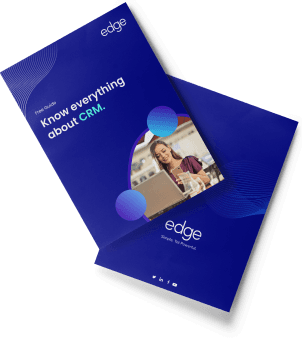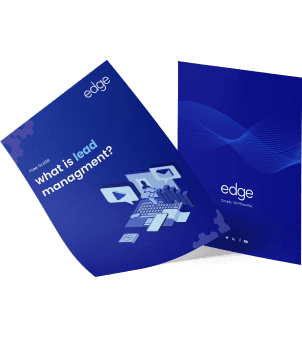It is sunny outside; while having your favourite cereal and skimming through the newspaper, your eyes somehow never miss the weather forecast saying rainy showers are expected. You chew yourself to find your umbrella in the attic. Such a small prediction saved you walking home all soaking wet like a wet cat.
Forecasts, be it astrological or weather, sometimes do help you or at the very least alert us some or the other way. Having this help through projections help prevent damages from happening. Having forecasts for rains or earthquakes has allowed us to save so many lives over the years.
Business over time has been known to be unpredictable.
A profession still frowned upon at our family gatherings; one can almost hear our uncles rolling their eyes. As years have passed by, business has outgrown its reputation and now, irrespective how much of disappointment it sounds, this stream is now most sought after to work with.
So how did business evolve in the first place?
There are many ways to find stability while pursuing business; one of them when it comes to sales especially is sales forecasting. Just like a weather forecast, sales forecasting is a method to predetermine the impending sales returns, something that would save you from awful rainy days.
It is typical for someone to conclude that sales forecasting is a process of setting goals, which can be unrealistic sometimes.
Sales forecasts are like gravity to pull you to the ground and knock some sense out of our minds to avoid mishaps. Let’s get into the details of sales forecasting.
Why is sales forecasting needed?
Sales forecasting helps one decide and maneuver smartly about stuff like planning significant discussion sections like budgets, hiring, and other influences that affect the cash flow.
Whenever working with a definite set of goals to be accomplished, sales forecasting allows people to handle business to have realistic goals and focus on issues hindering while achieving the quota.
No manager would appreciate ambiguity when it comes to hitting the daily targets; sales forecasting helps them to be alert about issues faced in the sales pipeline.
Here are few points that perfectly make sense why one needs sales forecasting:
- Sets goals to achieve
As mentioned above, setting targets or goals allows a business to benchmark good from bad scenarios.
This helps each individual plan their targets and contributions to be made from their end, which would help break down huge work into small workable piles.
Records sales process
Be it old or new business, recording a few details describing how sales are closed or how a bad sales looks helps one understand it more clearly.
Understand the current sales pipeline
Being in touch with what kind of pipeline the business works with, or is the CRM used the latest and updated, or pinpointing the issues happening in the same, sales forecasting is your go-to option.
Sets a metric level for the sales
Sales forecasting makes it easier to set an average for the sales where some metrics can be used to measure the important parameters.
Metrics like time taken to close a deal, the average price of the particular deal, duration of customer’s onboarding and interests, demands in the market and rate of conversions at different sales stages, etc., are to be scrutinized.
Basically, this is to get an idea of the sales business's average performance and duration.
- Helps in resource planning
Sales forecasting helps decide the advertising exposure, resource planning, policies, productions, and purchasing schedules.
Now let’s look into the methodology and working of the sales forecasting:
Sales forecasting Methodology
There are many ways to forecast sales; some rely on opinions and some on actual records and data as listed below:
Using old data
When relying on historical records, there might be solutions to the situations or issues with similar scenarios, making business more comfortable to tackle.
Comparing past performances lets one know how the industry will work in the present in terms of revenue and profits.
The accuracy of this method is somewhat reliable. Still, multiple factors affect it, like the competition present in the market or the hired sales representatives.
- Using various stages in deal
In this method, each stage of a sales process is allocated with a probability of closing a deal, which can be customized by the prospect's scope multiplied by the probability of predicting the revenue.
This method is preferred in most businesses thanks to its simplicity, whereas it falls short for obliviousness for the phases of a sales prospect.
A sale might close in days or months, which cancels the method’s accuracy.
- Sales cycle forecasting
This method compares the time durations of various sales and how long they have been in pipelines.
They are equated with an ideal scenario to figure out the issues.
One would need to separate deals from those based on the kind of products, the type of leads being followed, whether the deal is followed up with referral or prospects, so as to get the most accurate comparison to close a deal.
But as long as the your CRM has all the data, the work of a sales rep becomes way easier.
- Forecasting Pipelining
This is the most accurate method in the list.
But it relies on high-quality data, which scans through the various prospects in the pipeline and analyses on its own based on multiple factors like phase of the deal, type of the deal, etc.
This method is a bit sophisticated due to its reliance on particular tools
- Customized forecast model
A combination of all of the above-discussed methods has a bit of a leverage when it comes to depth and complexity.
Like a fine tailored suit, irrespective of all those available in the market, this model would fit into your business like a T.
By just making sure the CRM tools used are advanced and correct data is entered by the rep, accuracy of this method is the highest.
This method also makes sure to consider various other factors like phase of the prospects, current stand in the pipeline, the possible features to attract customers' attention, etc.
Tools for Sales Forecasting
Now that we are sure of what sales forecasting is, how it works, and why is it required, here are some tools that can be used:
- CRM
A power pack of storage and recovering data from the pile, a CRM tool helps a rep close a deal.
With many features like analytics, reporting, customized mail templates, lead trackers, CRM tools are a go-to option for the sales business.
- Excel
An oldie but a goodie for businesses just starting out, or only has few leads to start with, spreadsheets like excel make a good option.
Though it provides great flexibility and an easy user interface to work with, excel falls short while performing large operations for being time-consuming.
- Lead scoring tools
This tool helps prioritize targets worth pursuing using grading systems where prospects are graded with respect to the actions taken, outcomes observed, and more.
This tool also helps with customizing content to identify the interests and demands in the market scene.
- Sales Analytics platform
These tools collate data for many products and services by giving deep research; thus, one is accurately updated in real-time.
They provide a clear insight on staff performances, sales pipelines, prospects, and more, like looking out for new potential opportunities or choosing the rep team to handle.
- Accounting Software
For work based on revenue alone, this tool is the sturdy choice. The value of sales depends on various factors like the prospect's size, resource costs, etc.
Data from accounting tools play a huge role in forecasting net gross margins or a record of the sales.
Final Thoughts
To conclude, Sales Forecasting is a practical approach involving a calculated presumption about future sales returns using a good combination of old historical data and fuse it with the existing scenarios and trends.
Sales forecasting should be observed as a guide to refer and work from rather than something confined as a strict decision.
What are your thoughts about sales forecasting? We would love to hear from you.
If you feel this article is insightful, please feel fee to share.













